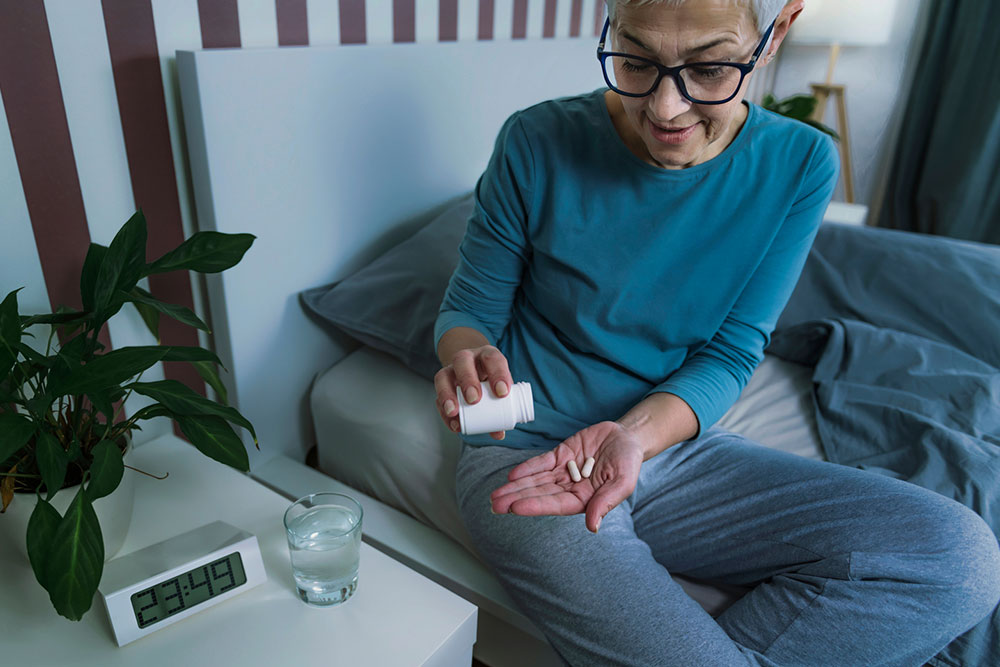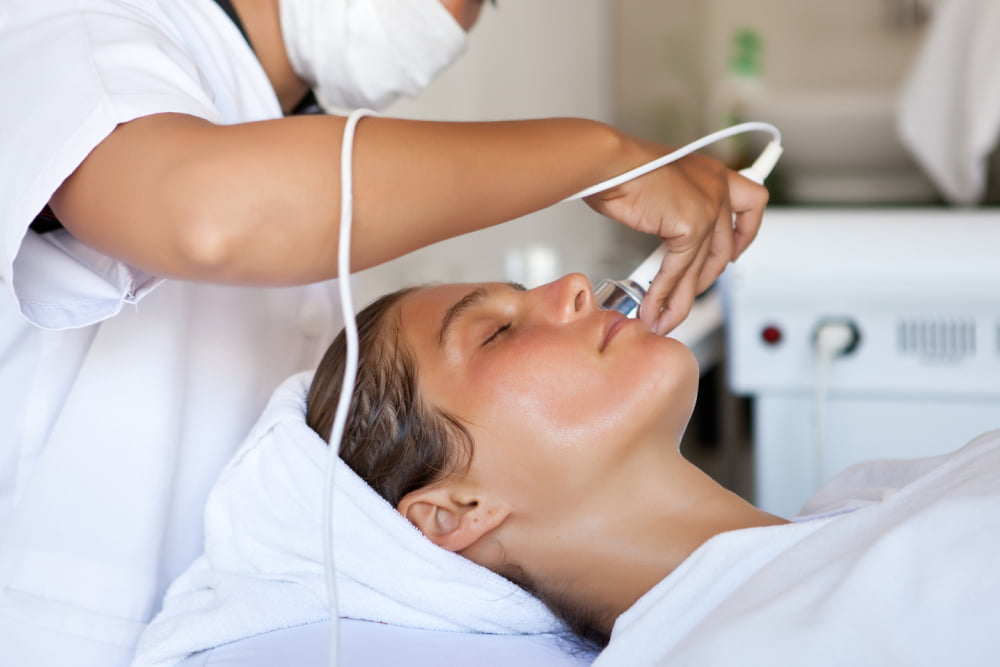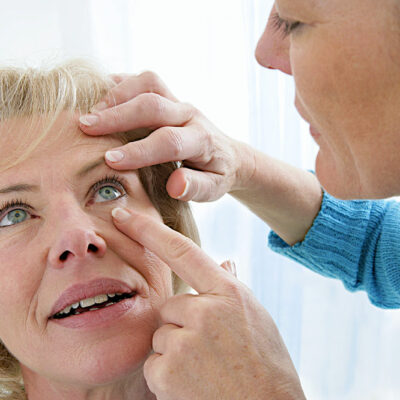
10 early warning signs of arthritis
Arthritis is the inflammation or swelling of one or more joints. It encompasses over 100 conditions that affect the joints, tissues around the joint, and other connective tissues. The symptoms of arthritis may vary depending on its type. However, it is essential to identify the symptoms of the disease at the earliest possible time to help one carry on with daily tasks. Here are some common warning signs of arthritis to help with the diagnosis: 1. Numbness and tingling sensation One of the most common signs of arthritis is a numbing and tingling sensation in various joints of the body. The sign is commonly caused by rheumatoid arthritis, which results in swelling of various nerves. Therefore, someone with the condition might experience tingling, burning, or a numbing sensation in various parts of their body, including the hands. One should get themselves checked if they are diagnosed by a healthcare professional and treated at the earliest possible time to improve one’s quality of life. 2. Crepitus The term refers to creaking, grinding, popping, or crunching sounds that may come from a moving joint. The sign is usually common in people as they age, but it could happen to anyone at risk of arthritis.
Read More 










